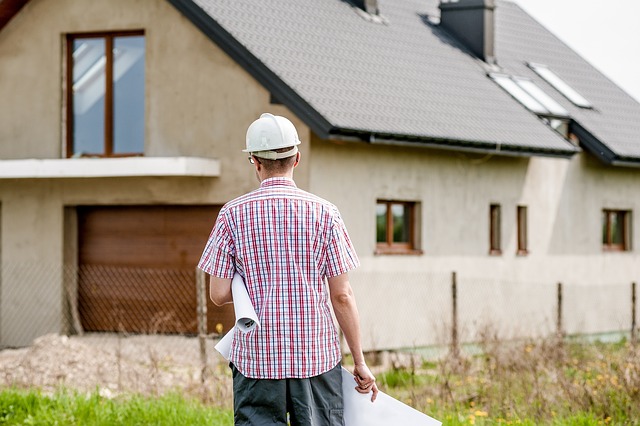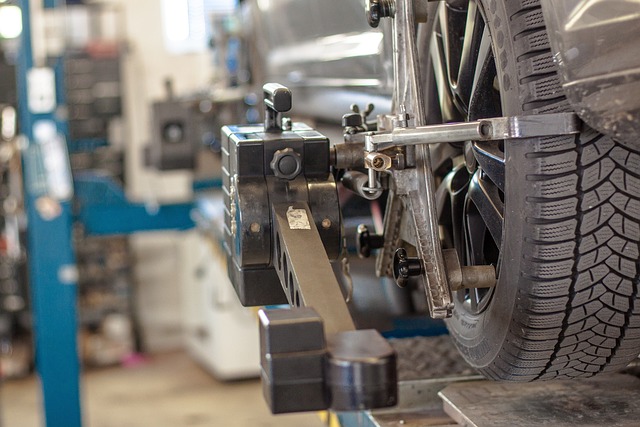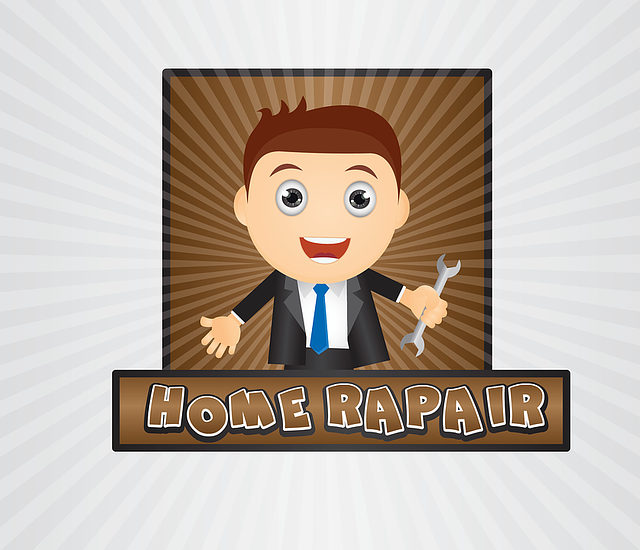Enthusiastic DIYers face challenges like tackling complex tasks, inadequate planning, or incorrect tool selection, leading to subpar results or safety hazards. To avoid these pitfalls, reassess, seek guidance from reliable sources, or hire a professional handyman. Regularly reviewing tutorials, seeking advice from experienced friends, and consulting online forums equips you with necessary knowledge for successful and safe home repair endeavors. Essential tools include screwdrivers, pliers, hammer, measuring tape, level, utility knife, and multimeter. Regular maintenance through inspection checklists and proper tool care is crucial. Always follow safety guidelines and use appropriate PPE for optimal home repair and maintenance practices.
Struggling with a to-do list full of DIY projects gone wrong? Don’t worry, you’re not alone. From wobbly shelves to leaky faucets, common home repair mistakes are bound to happen. In this guide, we’ll help you conquer those frustrations with handyman solutions for DIY failures. Discover essential tools and learn preventive maintenance tips to boost your home repair confidence and skills. Get ready to tackle tasks with ease and keep your home in top shape through effective home repair and maintenance practices.
- Identifying Common DIY Mistakes and Their Solutions
- Essential Tools for Fixing Home Repair Blunders
- Preventive Measures: Regular Maintenance Tips to Avoid DIY Failures
Identifying Common DIY Mistakes and Their Solutions

Many DIY enthusiasts embark on home improvement projects with enthusiasm, but often, even the most meticulous planners encounter challenges along the way. Identifying common mistakes early on and understanding their solutions can significantly enhance your home repair and maintenance journey. One of the frequent pitfalls is attempting complex tasks beyond your skill level, leading to subpar results or safety hazards. If you find yourself struggling with a particular project, it’s crucial to reassess and seek guidance from reliable sources or consider hiring a professional handyman for expert intervention.
Simple DIY failures can often be traced back to inadequate planning or a lack of understanding of basic tools and techniques. For example, rushing a project might result in inaccurate measurements or messy finishes. Conversely, not gathering the right materials or using inappropriate tools can hinder progress. Regularly reviewing DIY tutorials, seeking advice from experienced friends, or consulting online forums can equip you with the knowledge to avoid these pitfalls. By learning from common mistakes and embracing practical solutions, you’ll develop valuable skills and ensure your home repair endeavors are successful and safe.
Essential Tools for Fixing Home Repair Blunders

When it comes to DIY projects, even the most skilled home improvers can encounter blunders that leave them in need of a quick fix. To address these common issues efficiently, having the right tools is essential for successful home repair and maintenance. A well-equipped toolbox with versatile items can turn any amateur handyman into a problem solver.
Among the must-have tools are a set of high-quality screwdrivers (both flathead and Phillips), pliers in various sizes, a reliable hammer, measuring tape, level, utility knife, and a multimeter for electrical repairs. These fundamental tools cover a wide range of tasks, from tightening loose screws to hanging pictures, wiring fixtures, or checking for power issues—all vital aspects of home repair and maintenance.
Preventive Measures: Regular Maintenance Tips to Avoid DIY Failures

Regular maintenance is key to preventing DIY failures and ensuring your home repair projects go smoothly. Start by creating a routine inspection checklist for common problem areas, such as pipes, electrical systems, and appliances. Regularly checking for leaks, tight connections, and worn-out parts can help you identify issues early on, long before they cause major damage or require costly replacements.
Additionally, keeping your tools in good condition is vital. Proper storage and regular sharpening or lubrication can extend the life of your equipment, reducing the chances of a project derailing due to a dull saw or a stuck screw. Always follow safety guidelines, use appropriate personal protective equipment (PPE), and stay updated on best practices for home repair and maintenance.
When it comes to home repair and maintenance, a little knowledge and the right tools can go a long way in preventing DIY failures. By identifying common mistakes early on and adopting regular maintenance practices, you can tackle home improvement projects with confidence. Remember, preparation is key; always have the essential tools at hand, stay organized, and don’t hesitate to seek professional help when needed. With these handyman solutions, you’ll be well-equipped to navigate your next DIY endeavor smoothly.
